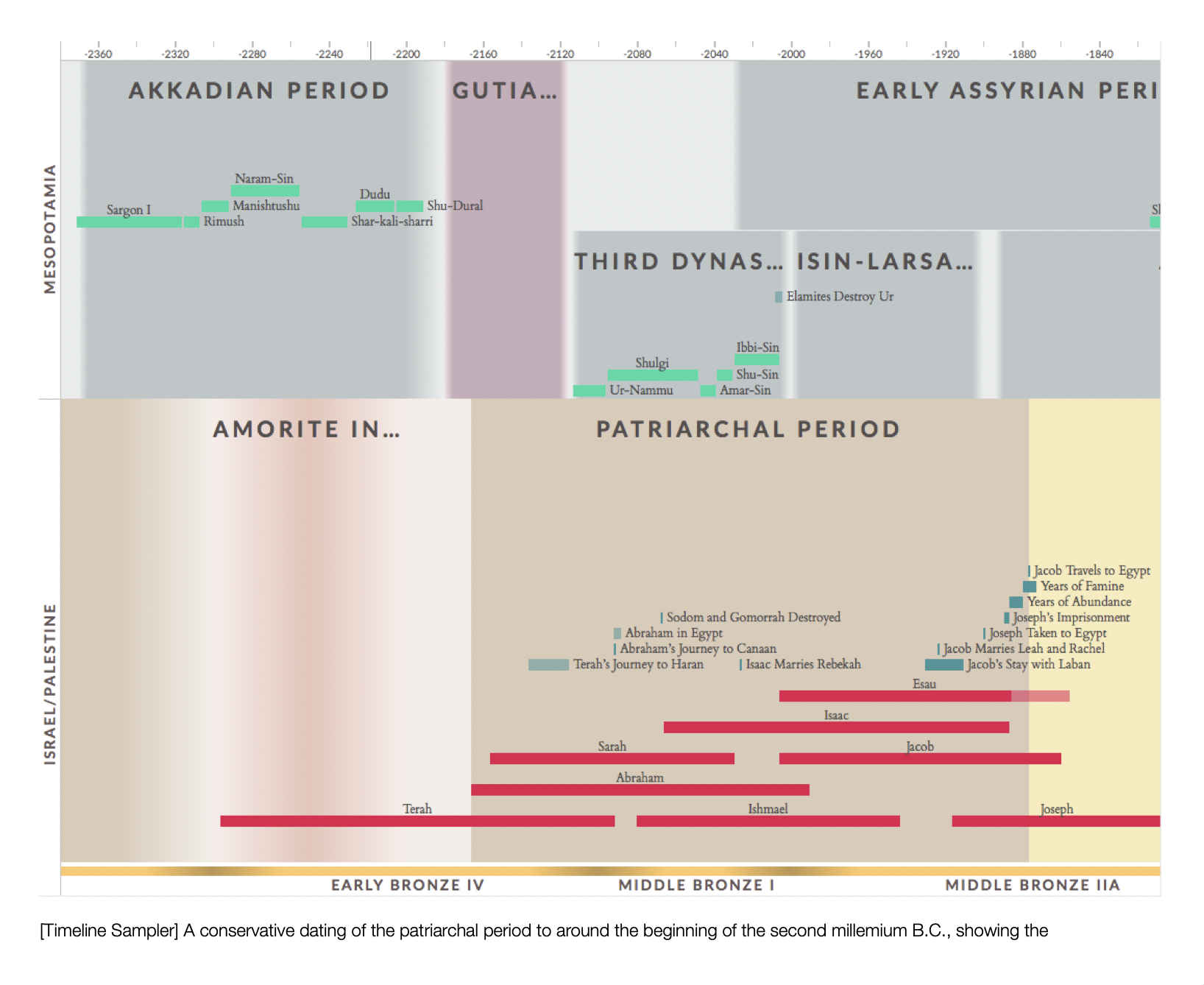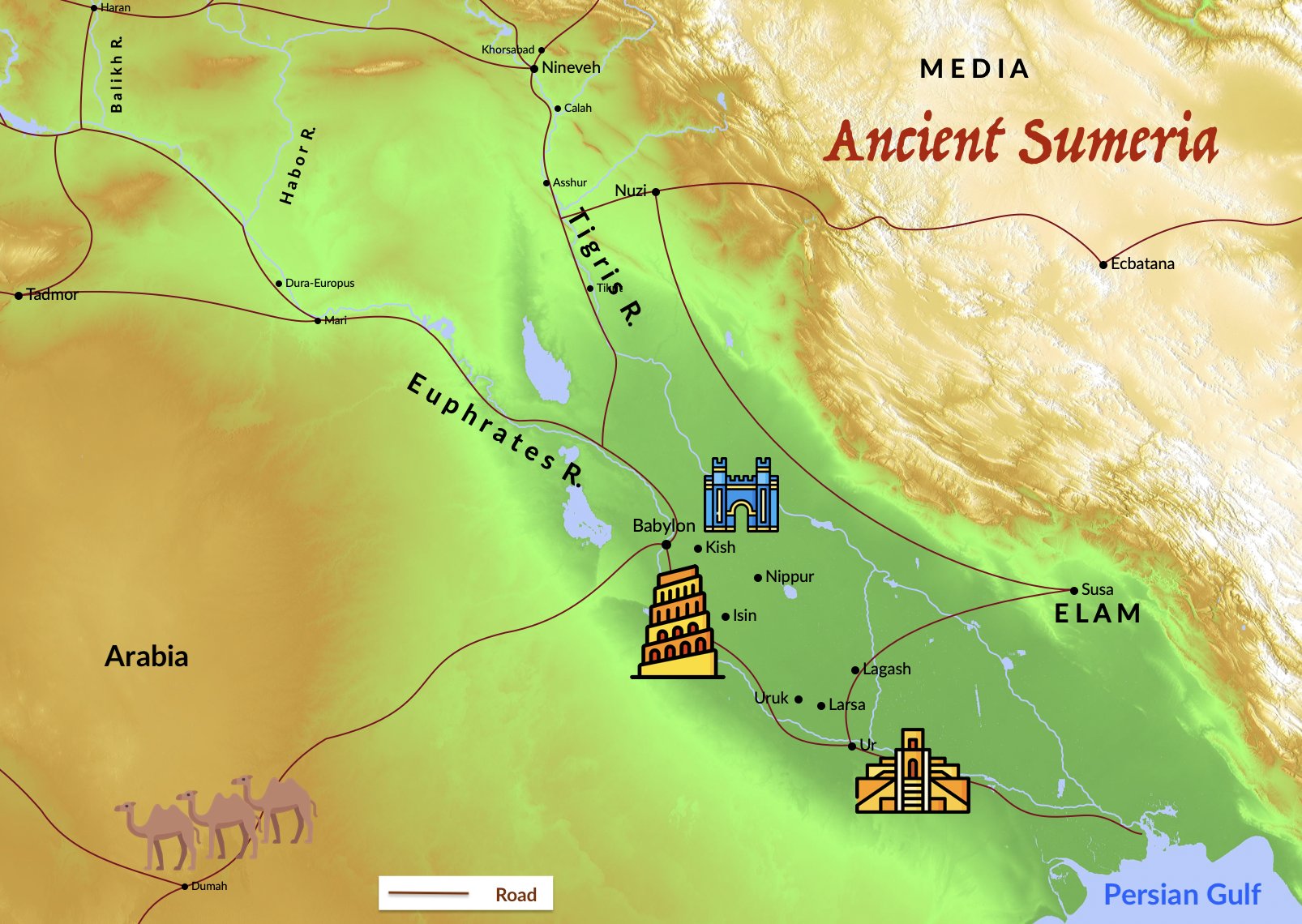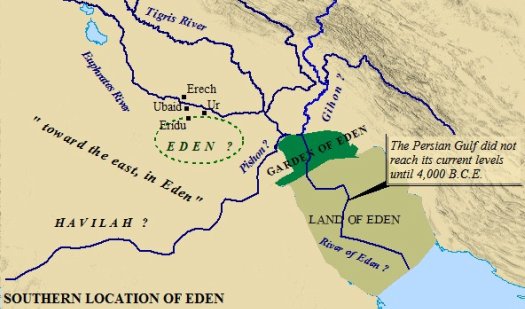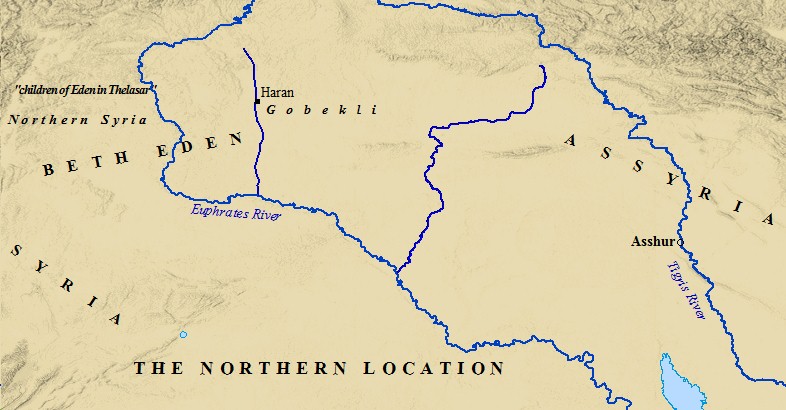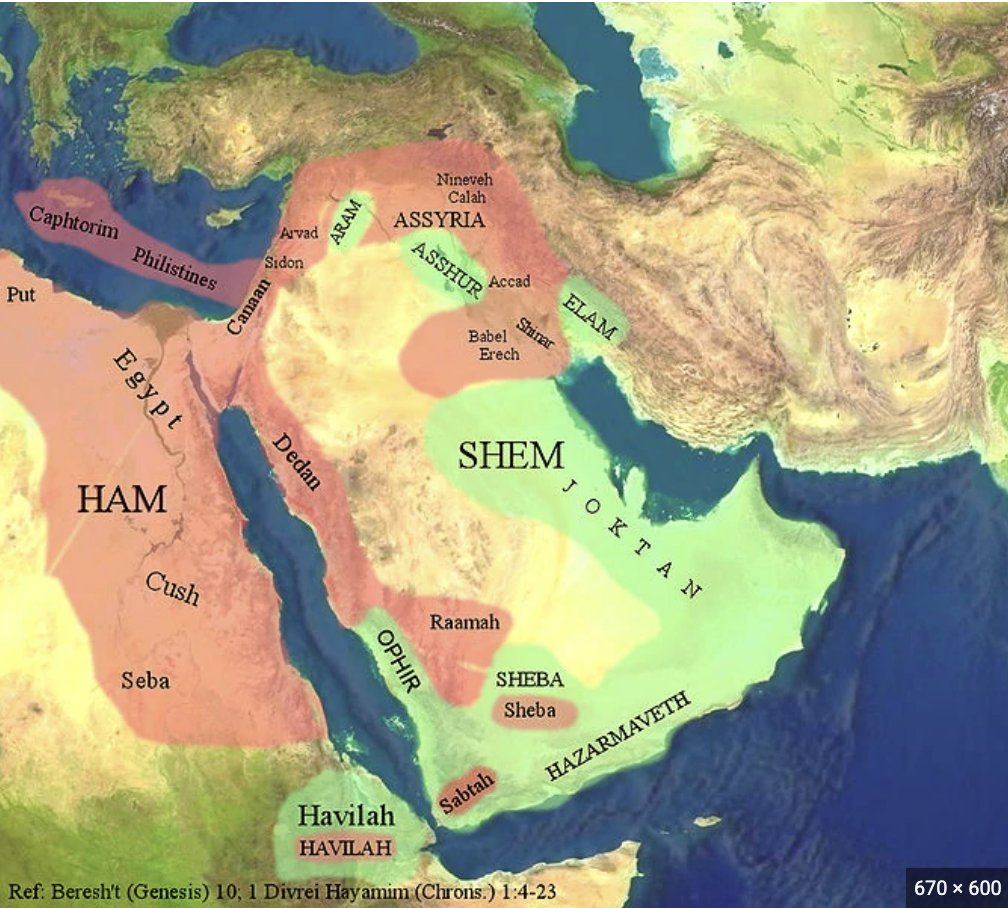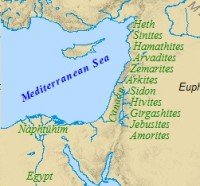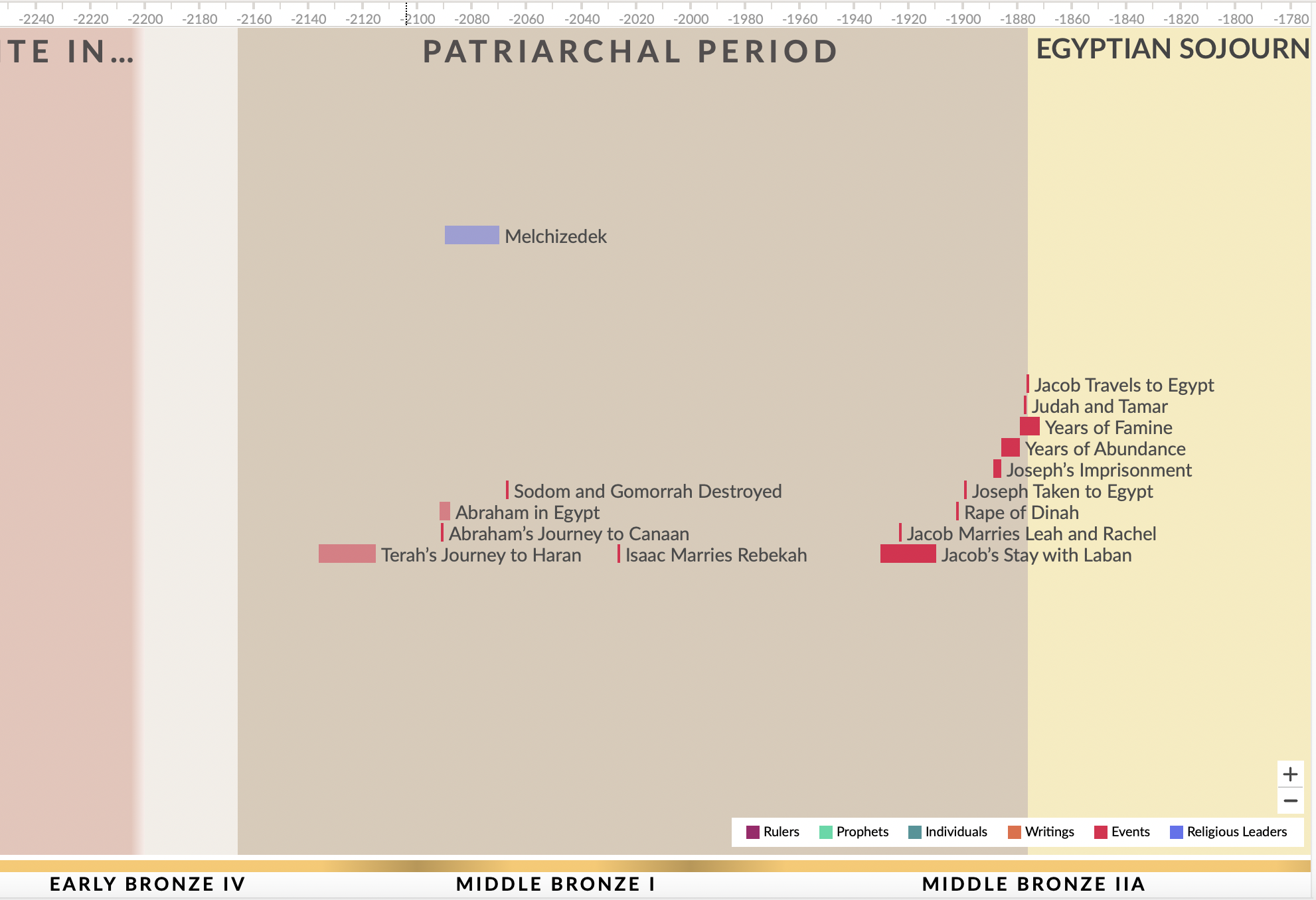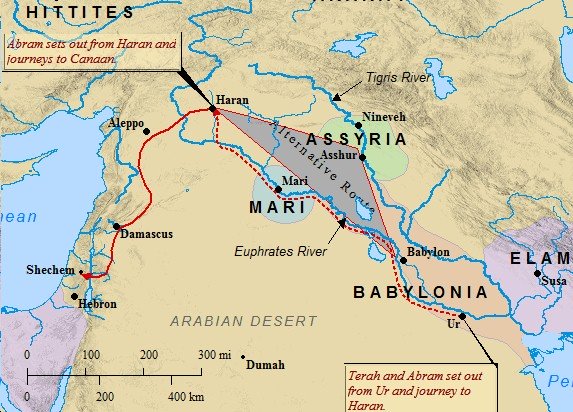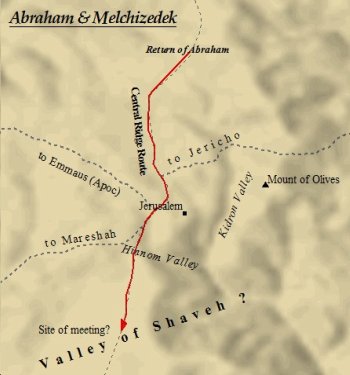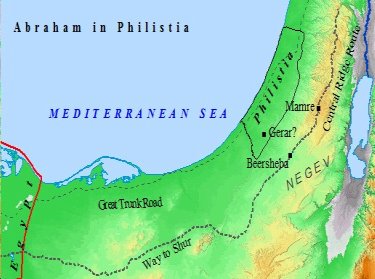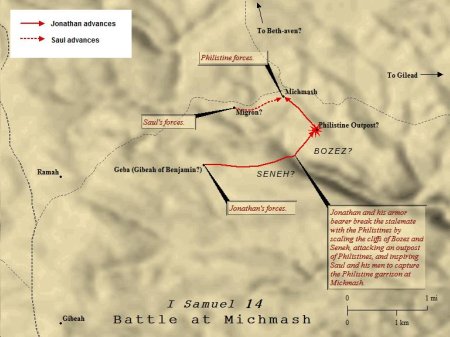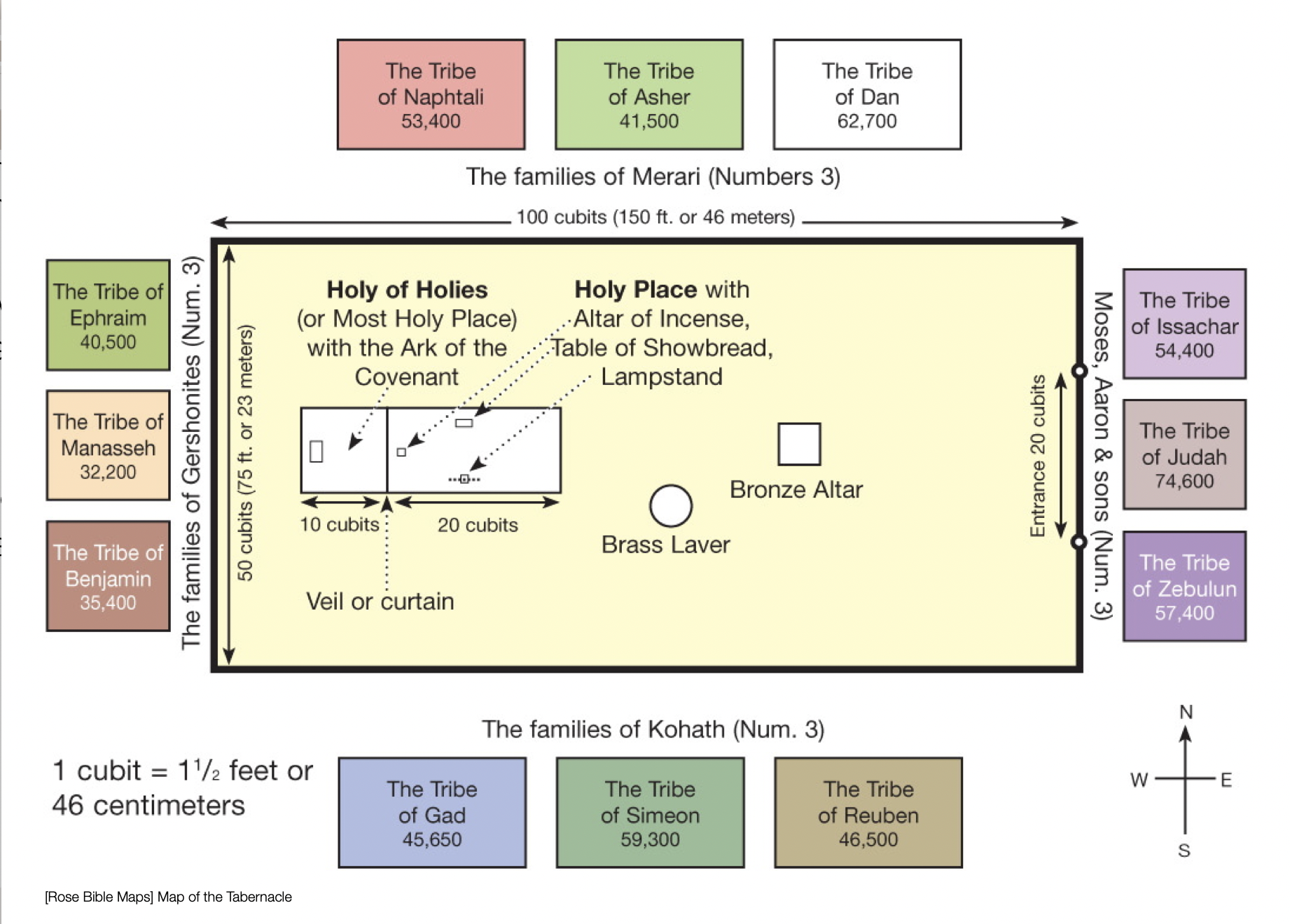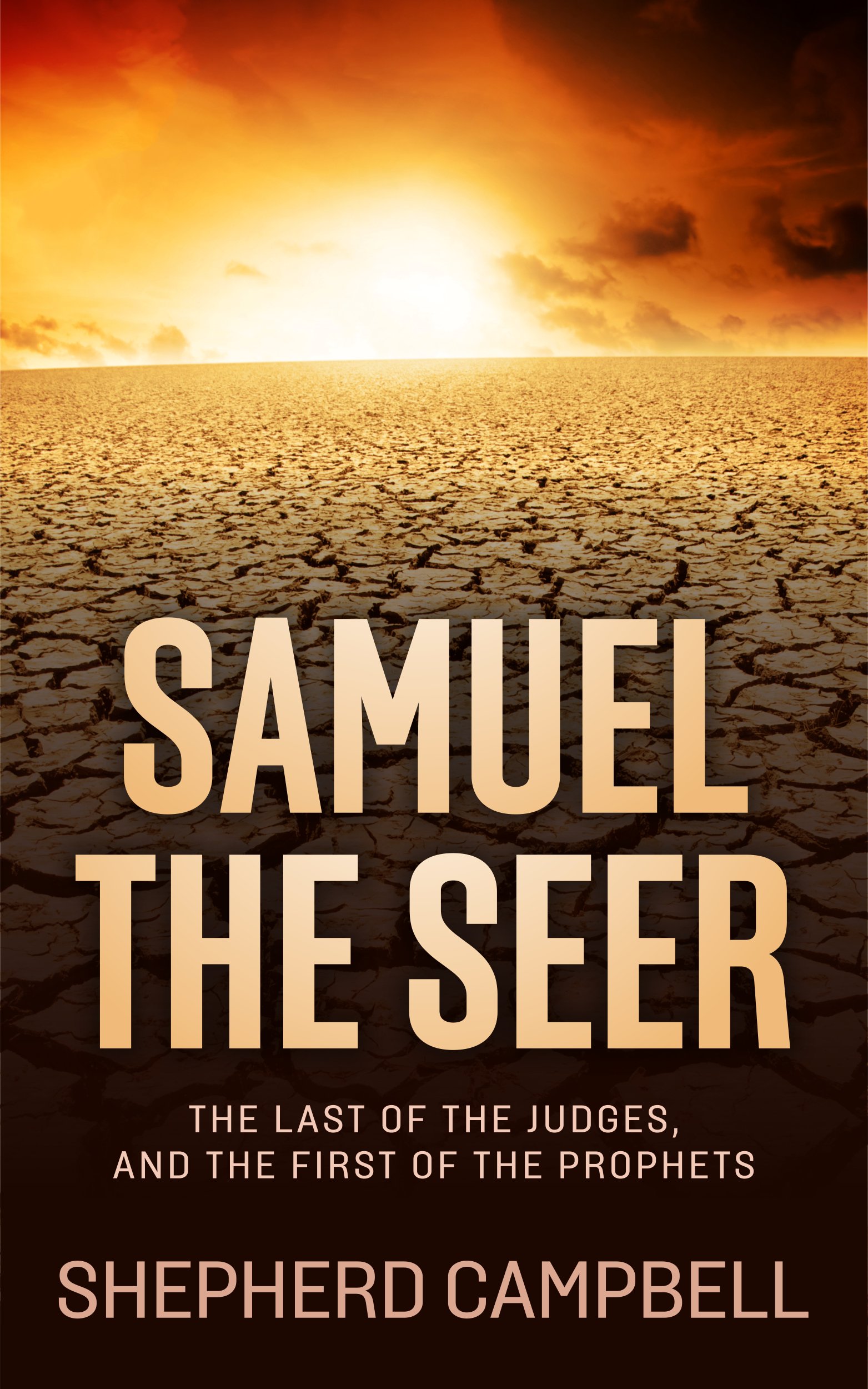VISIT OUR FACEBOOK PAGE!
History of the Old Testament
The history of the Old Testament can essentially be divided into two periods. The first period begins at Creation and continues through the Flood and events immediately following the Flood, ie, Tower of Babel. These events are covered in Genesis 1-10 and can be defined as pre-history. In other words, we do not know when those events took place.
The second period of time begins with Abraham and continues through the rest of the Bible. It is widely agreed this period of time, known as the Patriarchal Period, began in the Bronze Age, ca 2500 BC. We can date these events beginning with Abraham based on the peoples, nations and migration patterns described in scripture. Abraham came from Ur in Southern Mesopotamia. The Ziggurat of Ur stands to this day in southern Iraq, not too far from Baghdad, as a witness to the historicity of ancient Ur.
`Ancient Israel in the History of the Old Testament
The history of the Old Testament encompasses a vast amount of time and includes a large number of peoples & countries. However, the singular purpose of the Old Testament is to tell the story of God and man. This story begins with Adam & Eve, and then branches out to include their descendants in the line of Noah, then Shem, then Abraham, all the way to the Jerusalem and Israel in the time of Jesus.
Ancient Israel implies the antiquity of the nation of Israel. "Israel" the name derives from God's name given to Jacob in the Bronze Age. In the time of Jacob there was no country of Israel - only Israel himself and his 12 sons. This family was the beginning of what would become an alliance of 12 Tribes united by the belief in One God.
History of Old Testament Pages
Each of the links below leads to a particular page with more information on the history of the Old Testament. The description of each page's contents gives insight into main topic of each link.
Old Testament Bible Maps: Various Old Testament Bible maps of events and places from Jacob through King David.
Old Testament Maps & History: A study of the Old Testament map; with different Old Testament Bible maps, Old Testament history, and Old Testament events.
Old Testament Timeline: An in-depth look at the timeline of events in the Old Testament. Pre-history, while impossible to date, follows a sequence of events leading into the Bronze Age with Abraham.
Old Testament History: Old Testament history collides with known World history starting in the Early Bronze Age, circa 2500 BC. The bulk of the Old Testament history stretches from the Bronze Age all the way through the Iron Age - a timespan of approximately two-thousand years.
Ancient Jerusalem: Jerusalem plays a central role in the history of the Old Testament. Ancient Jerusalem dates back over 5,000 years.
Jericho: The ancient city of Jericho is one of the oldest continually occupied cities in the entire world. Its influence on Old Testament history is significant. Jericho played a central role in Joshua's conquest of Canaan.
Ancient Syria: Ancient Syria played an important role in the history of the Old Testament simply due to its geography and proximity to Canaan. Abraham and the early patriarchal family had its roots in Syria.
ANCIENT SUMERIANS
The history of the Old Testament in the early chapters of Genesis may possibly correlate to some degree with the history of the Sumerians - the first recorded civilization on earth. The Sumerians were an extremely advanced society known to have existed ca. 4500 BC. These people preceded the Semitic line that would eventually lead to Abraham - yet, the Sumerians lived in Southern Mesopotamia, where much of Biblical pre-history occurred.
The Tower of Babel was built in the heartland of the Sumerians. Abraham lived amongst them in one of the Sumerian Royal cities - Ur. In the earliest times known to man the Sumerians and the early peoples of the bible occupied the same land.
THE GARDEN OF EDEN
The first location mentioned in the Bible is the Garden of Eden. The tantalizing description in Genesis names two rivers familiar to us today - the Tigris and Euphrates. However, the others remain unknown. This partial geographical description, easily identifiable on our post-flood world map, has led to untold theories as to its location. There are two primary locations widely believed to be the site of Eden. The southern location is in what is now Iraq, Kuwait and the Persian Gulf. The northern location is in mountains of Turkey, near Mt. Ararat.
This map shows the southern theory regarding the location of the Garden of Eden. Others believe it lie north, in Turkey. Still many others claim other theories of their own. The issue rests in the fact we cannot date for certain when Creation took place, or when the Garden of Eden was in existence. We really have no idea what the world looked like before the flood - which most certainly altered the landscape of the earth.
Old Testament history from these early portions of the Bible is impossible to date with certainty, though several have offered dates based on various methods of deduction. In addition, various religions and traditions differ in their dates, so no unanimity exists even amongst world religions and cosmologies.
For example, Puranic Hinduism calculates repeating cycles of creation of the universe dating back over 77 trillion years ago. Modern day scientists and astrologers note that light traveling at 186,000 miles per second takes about 15 billion years to reach Earth from distant objects. This leads them to indicate creation took place at least 15 billions years ago.
CREATION
ARCHBISHOP JAMES USSHER
Yet others, like Archbishop James Ussher (1581 - 1656), have issued dates much closer to the Early Bronze Age. Ussher was Archbishop of Armagh, the highest position in the Irish Anglican Church.
He reconstructed the history of the Old Testament starting with the chronologies in Genesis 5 and 11. These chapters, along with other Bible passages, he used to put together a complete picture. Essentially, Ussher connects the chronology to the final deportation of Judah in 584 BC. His detailed calculations cover over 100 pages in the original document.
In 1650 his most famous work appeared, the Annales veteris testamenti, a prima mundi origine deducti ("Annals of the Old Testament, deduced from the first origins of the world"). In this work Ussher calculated that Creation took place in 4004 BC. More specifically, nightfall on October 22, 4004 BC.
Johannes Kepler (1571–1630), the famous astronomer from which the Kepler Telescope is named after and who formulated the laws of planetary motion, calculated a creation date of 3992 BC. Kepler was a devout Protestant.
Sir Isaac Newton (1643–1727) is widely regarded as the greatest scientist of all time, but he wrote more on biblical history and vigorously defended his proposed date of 4000 BC.
NOAH & THE ARK
Thus, ancient Israel can encompass time prior to the formation of the nation of Israel - which was indeed ancient. But ancient Israel can go all the way back to the Garden of Eden, a time of pre-history undatable with our current knowledge. In this ancient part of the history of the Old Testament "Israel" is not the nation, but symbolizes a people whose lineage stretches from Adam to Joseph. This "Israel" is the lineage & bloodlines of those Semitic peoples that would one day become the nation of Israel.
The sons of Noah - Shem, Ham & Japheth - would lead the next generation into the Post Flood New World. From the slopes of Ararat, Noah's sons and their families spread out upon the earth. With God's blessing to be fruitful & multiply civilizations sprang up and the earth's face was once again populated with the living.
Shem's descendants would be the Semites of the Ancient Near East. From the Semitic peoples the Israelites would emerge. The descendants of Canaan, son of Ham, would also play a very significant role in the Bible. The Canaanites would come to occupy the land of Canaan. It would be these people Israel would drive out & occupy their cities under Joshua.
According to Ussher, the Flood took place in the 2347th year after Creation. The genealogies in Genesis indicate the year Methuselah died was the year the flood began. Methuselah was the last of the antediluvian Patriarchs, thus Noah became the link from the antediluvian world to the world as we know it today.
ABRAHAM
The history of the Old Testament starts in Genesis, the book of beginnings, and traces God's people into the world of the Bronze Age. The first character who moves in a world well-known to history would be Abraham. Abraham is believed to have dwelt ca. 2000 BC. The Bible records him first living in Ur, in southern Mesopotamia. God calls him forth from the land of Eden into the Promised Land of Canaan. Abraham would become the father of many nations - including Israel.
The narrative of Abraham, while not able to be proven with direct evidence, ie, evidence that points to THE Abraham or Lot, does fit nicely within the context of history. The places depicted in the Abraham narrative have been shown to be in existence just as described in the Bible by archaeology and other historical evidence. Thus the indirect evidence supports the narrative just as the Bible tells it.
Abraham's journey from Ur to Canaan covered approximately 1,000 miles. He left his homeland following God's call. His likely route would've followed the Euphrates River. As a reward of his faith Abraham became the father of many nations. Abram and his party entered Canaan first stopping at Shechem. From there he traveled to Bethel & Ai, eventually making his way south into the Negev.
Abraham's engage with the mysterious Priest of the Most High God is one of the most enigmatic events in the Bible. Genesis 14 records this even immediately after Abraham rescues his nephew Lot from a marauding army
Abraham & Melchizedek met outside of Salem - nearly 1,000 years later it would be known as Jerusalem, the city of David. Melchizedek's identity remains a mystery.
The Land of Canaan at the time of Abraham was populated with Canaanites. These people were descendants of Canaan, the son of Ham - one of the sons of Noah. Canaan was caught in the middle of the power struggle between Egypt and Mesopotamia.
ABRAHAM IN PHILISTIA As he had done in Egypt, Abraham told Abimelech Sarah was his sister. The king took her only to be rebuked by God. It is interesting to note that Philistines were living in Canaan in the Bronze Age. They will reappear in the Biblical narrative as Israel's arch nemesis in the story of Samuel, Saul & King David. David eventually subdues the Philistines. Palestine is the modern remnant of these people. Palestine was the Roman word for Philistine.
Maps help one understand Old Testament history. They frame in a tangible way what the Bible is talking about. We can point to places where the famous events of the Bible took place. We can point to nations and countries that helped shape the world today. Maps bring into view what history obscures.
The ability to picture where an event took place helps to form a connection with the stories being told. Maps are invaluable tools to use when studying God's Word. When one realizes the events and people of the Old Testament lived in a very small area, and that area is still a part of that tradition today, it brings to life the Word of God.
THE UNITED MONARCHY
One of the most famous battles in Old Testament history, the Battle of Michmash was a glorious victory for Israel. Sparked by Jonathan, Israel under King Saul served the Philistines a major defeat.
Back to History of the Old Testament
Continue to More Old Testament History
Recent Articles
-
The Tabernacle
Feb 27, 25 04:47 PM
The Tabernacle was where Yahweh met with his people before the First Temple was built. It was also called the Tent of Meeting. -
The Tabernacle of Moses
Feb 19, 25 09:50 AM
The tabernacle of Moses was built by Moses, per instruction from God, during the Exodus out of Egypt. It represented God's presence amongst His people. -
The Ark of the Covenant
Feb 19, 25 09:46 AM
The Ark of the Covenant is one of the most mystifying objects in all of human history. It's power was so great that Israel often carried it to the front lines. -
King David of Israel
Feb 19, 25 12:51 AM
The story of King David of Israel is a rags-to-riches tale of the family runt rising to national King. King David would become Israel's greatest king. -
The Nephilim
Feb 15, 25 10:35 PM
Were the Nephilim byproducts of fallen angels and women? Enoch wrote it was so, as did Moses. What mysteries lie buried in the pages of the Old Testament? -
In the Days of Noah
Feb 15, 25 10:32 PM
Jesus stated that in the last days it will be as in the days of Noah. The days of Noah were some of the strangest the world has ever seen. -
Jerusalem
Feb 11, 25 06:13 PM
A thorough dive into the city of Jerusalem and its rich, vibrant and ancient history. -
The History of Israel is explored from Genesis to Revelation.
Dec 31, 24 11:55 AM
Explore the history of Israel based on the Biblical account from Genesis to Revelation. -
Ms. Tara
Dec 21, 24 11:32 PM
The nephilim were lucifer's bid to muddy the bloodlines of YESHUAH. I have a friend that has 2 UTERUSES so I have NO DOUBT it is possible for a woman -
The Ancient City of Jericho
Dec 18, 23 11:21 PM
The city of Jericho is one of the most ancient cities on earth. The city played a crucial role in a number of Bible stories.
SAMUEL the SEER
Now Available in Print & eBook on Amazon!!
POPULAR TOPICS
Learn more about these popular topics below. The Bible is full of fascinating stories, characters and mysteries!
BIBLE MAPS
Explore the land of the Old Testament! View these maps of the Bible.
